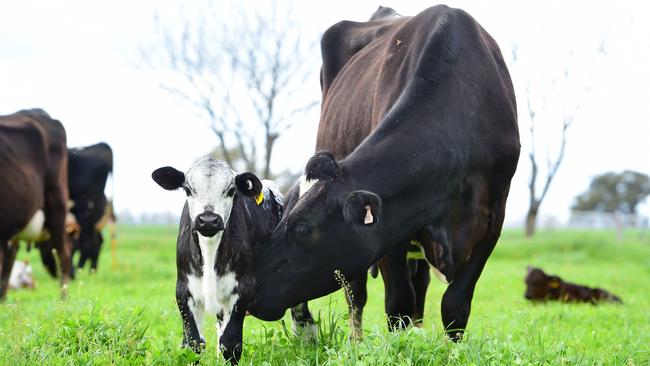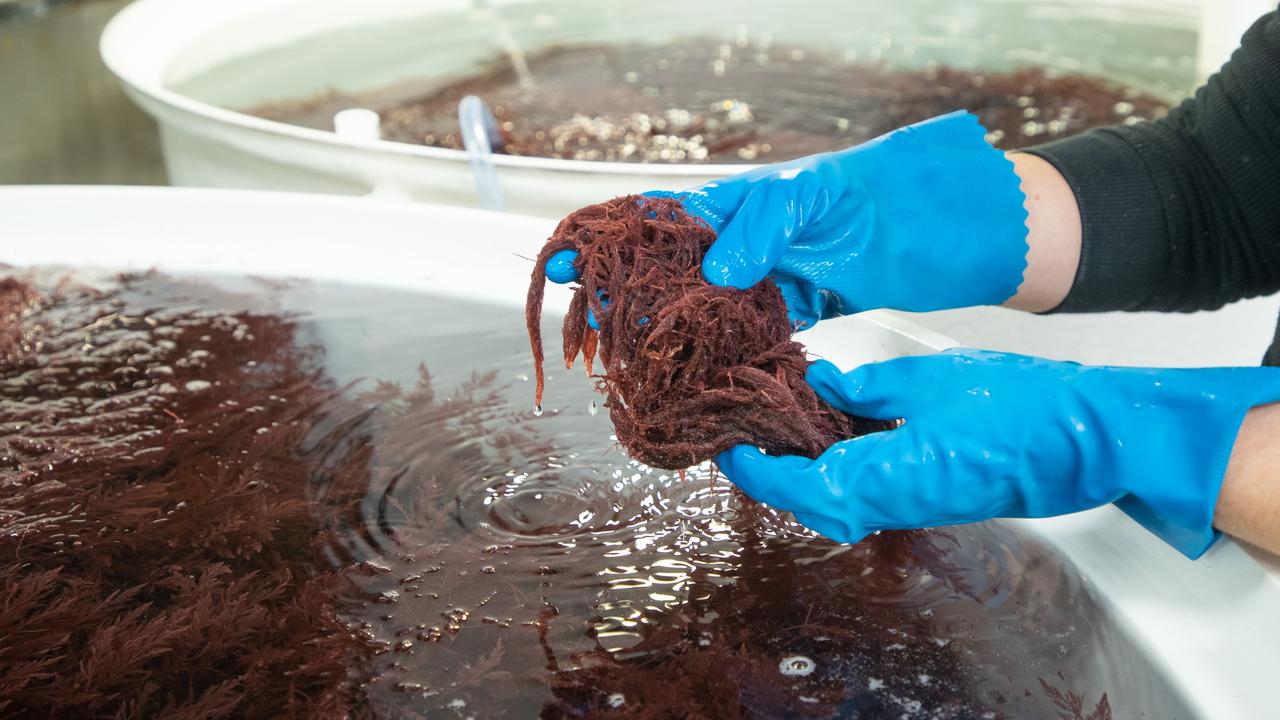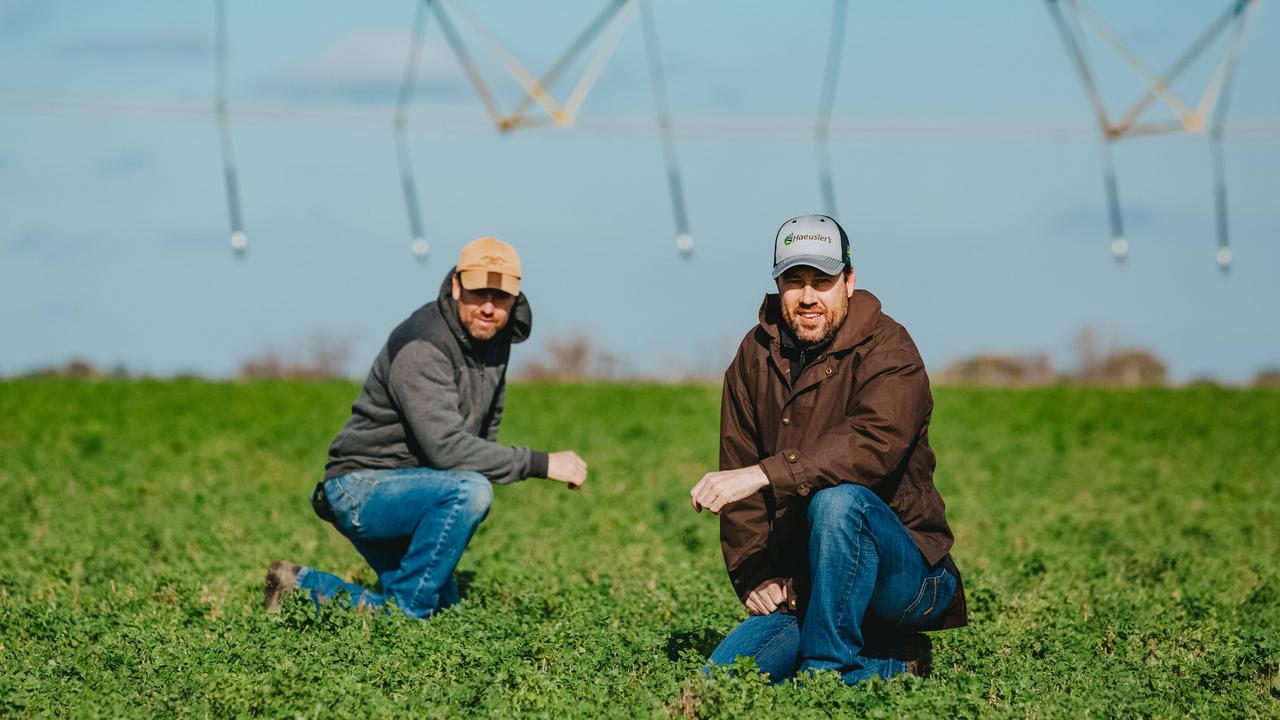The Livestock Doc: How to manage parasites
MOST readers probably have a basic understanding of parasites – those pesky pests such as worms, lice and ticks that can cause disease in livestock, as well as economic loss for producers.

MOST readers probably have a basic understanding of parasites – those pesky pests such as worms, lice and ticks that can cause disease in livestock, as well as economic loss for producers.
Far fewer people may be familiar with the term integrated parasite management.
If it sounds like white noise to you, you’re not alone.
However, once explained, integrated parasite management is easy to understand.
SPELL IT OUT
Integrated parasite management, commonly referred to as IPM, involves combining chemical control with farm management procedures so you don’t just reach for the drench gun to tackle parasite problems as they become obvious.
It can include using drenches, but also involves implementing other control practises, which can eliminate the need for drenching most livestock.
This allows you to rely less on chemical control and slows down the development of parasite resistance to drenches.
PREP WORK
Writing down your current management plan is a good starting point. This will help identify any areas where you don’t have enough information to reduce parasite burden.
It is crucial to collect worm egg count from your livestock.
Without monitoring egg count, you can’t identify critical times to control parasites on your property. Your vet can supply general local data, but on-farm data for your animals is vital. The most important groups to collect counts from are young animals, such as lambs and calves – they have less immunity and are more likely to develop disease. It is also important to understand the level of resistance to drench classes the parasites in your livestock have.
You should discuss the timing of egg counts with your vet, as well as when and how to do a faecal egg count reduction test. This test investigates parasites’ resistant to the drench groups on your property – including white drench, clear drench, organophosphates, macrocyclic lactones (mectins), monepantel and derquantel.
Not all of these groups are available for all types of animals, so it is important to test the most relevant for your property.
SWAP SIDES
Your IPM plan should be based on the enterprises you have on your farm.
If you run about 10 times more sheep than cattle, one of the simplest methods of parasite control is to swap the grazing areas of cattle and sheep about every six months or so. There are only a few parasites that are shared between cattle and sheep, therefore changing their grazing area means they go on to pasture that is relatively free of parasites that will infect them.
Similarly, if you have one area of the property devoted to cropping and another to sheep, graze sheep on crops during winter and stubble during summer to reduce the overall parasite burden on stock. This works because there are few parasites in cropped areas, presuming they haven’t been stocked for several months. It is important to understand that there will still be some parasites on pastures, even after six months, as they are quite resilient.
CLEAN THE PADDOCK
If you run a self-replacing sheep enterprise and keep some or all of the lambs, then weaner lambs are a high-risk group.
One technique to reduce parasite risk during the lambs’ first winter after weaning is to use another group of sheep to “clean” the paddock of parasites during summer.
Treat a mob of sheep, often wethers, with an effective drench and run a heavy stocking rate on the paddock for three to four weeks.
Then de-stock the paddock until the autumn break. When grass grows to a suitable height, put weaners on to the paddock. The combination of minimal parasite larvae and high-quality pasture means weaners will need fewer drenches.
BACK-UP SUPPORT
Breeding for parasite resistance can be achieved by selecting stock with lower worm egg counts using estimated breeding values. It is also important to maintain animal condition by providing adequate feed – an animal with a healthy immune system is better able to cope with any parasite infection. A combination of good genetics and adequate nutrition can substantially reduce the need for chemical control of parasites.
Dr Stuart Barber is a lecturer in veterinary science at the University of Melbourne


